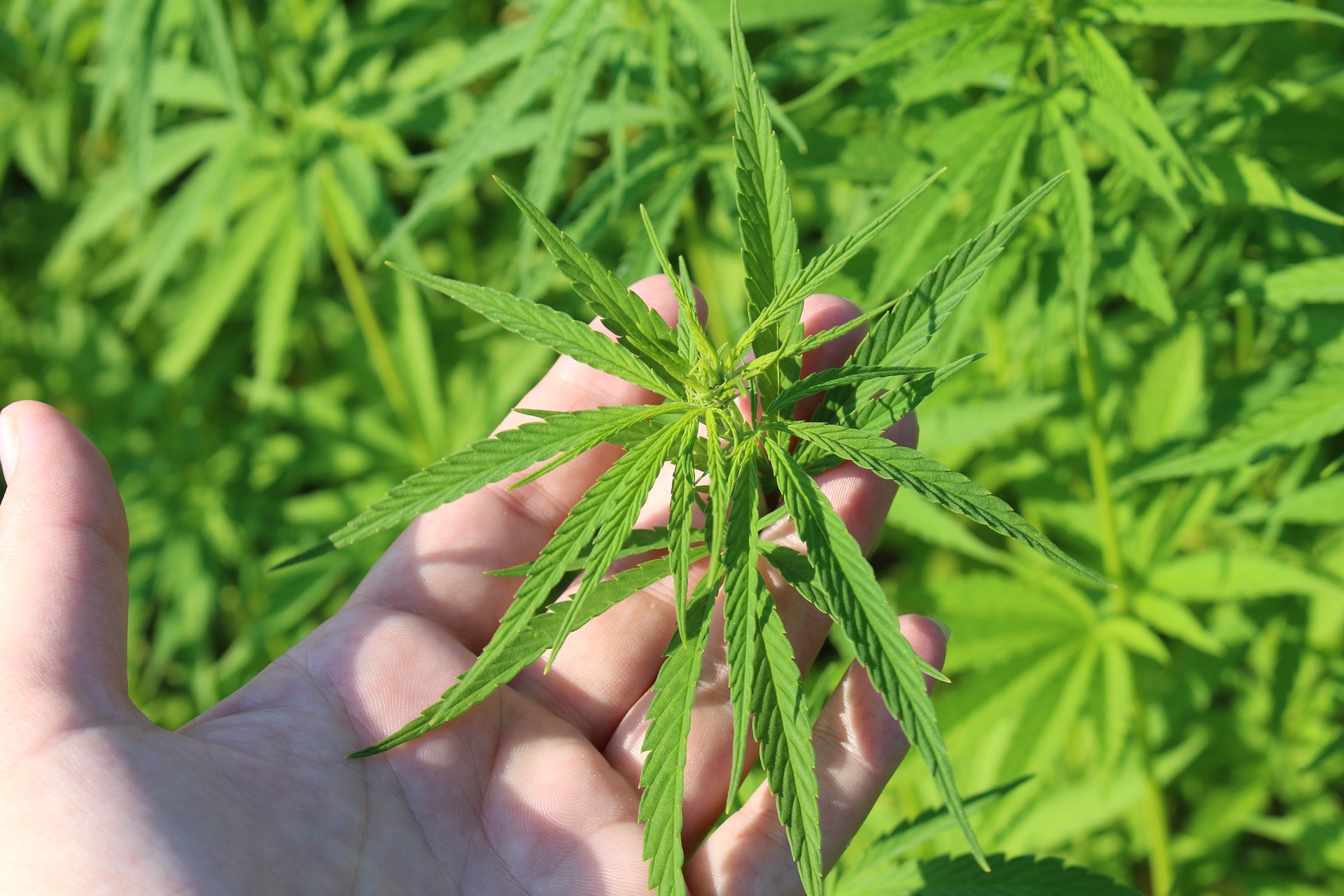
Have you ever wondered why large segments of the Chinese wall are still standing proudly after thousands of years? Scientists have known for some time that an organic material had been mixed into the mortar, but it only recently became known that this contained 2 to 3 percent of sticky rice. This remarkable ingredient ensures that the masonry wall is flexible enough to cope with the extreme temperature fluctuations of day and night and successive seasons. Even more ingenious is its self-healing capacity. Enzymes from the rice coat the limestone particles in the mortar. These defenses only come to the fore if the wall is unexpectedly damaged. The lime that is released subsequently solidifies and restores the wall.
As old as the world
It proves once again that biocomposites are as old as the world and first and foremost, that they work incredibly well. It is not for nothing that these materials have attracted a lot of attention lately. Partly because they make a circular method of construction feasible. But especially because of their unique properties.
Hemplime, also known as hempcrete, is such a splendid example of this. This relatively new material, which the well-known Dutch weatherman Gerrit Hiemstra proudly and pioneeringly built his house with, was developed thirty years ago in France for the restoration of nota bene half-timbered houses. It is a mixture of hemp fibers (that naturally contain silicon) with hydraulic lime. The lime in the mixture binds the hemp fibers and preserves them.
The finished product lays the foundation for a highly environmentally-friendly bioecological construction method. That’s because hemplime is inherently nitrogen-neutral and also has a good CO2 balance. This is mainly due to the fact that the absorption of CO2, while hemp is grown, is greater than what is emitted during its harvest and the construction process. Moreover, the lime also ensures a continuous absorption of CO2. After use, its components can easily be shredded and scattered over arable land. In that case, it becomes an excellent soil conditioner all over again.
No pesticides or artificial fertilizers are needed for the cultivation of hemp. And this is all true for a fast-growing plant whose parts are all usable and which even thrives in dry regions.
Humidity-regulating
When used in buildings, hemplime contributes to a comfortable and healthy indoor climate thanks to its efficient humidity regulating effect. It is also ideal for building vapor-permeable structures. It is easy to handle, it will not rot or burn, it insulates as well as the best out there, and it is energy efficient due to its latent thermal capacity. It has very good sound insulating properties. And last but not least, it has the potential to be used in the 3D-printing of buildings.
And, oh yes, I almost forgot, you can use it to create stunning sculptural designs. Before the advent of oil and fossil-based raw materials, the cultivation of industrial hemp was quite common all over the world, and given the almost infinite possibilities with hemplime on its own, the large-scale cultivation of architectural crops for bio-based materials will undoubtedly become a reality once more.
About this column
In a weekly column, alternately written by Wendy van Ierschot, Eveline van Zeeland, Eugene Franken, Jan Wouters, Katleen Gabriels, Mary Fiers, and Hans Helsloot, Innovation Origins tries to find out what the future will look like. These columnists, occasionally supplemented with guest bloggers, are all working in their own way on solutions for the problems of our time. So tomorrow will be good. Here are all the previous episodes.

